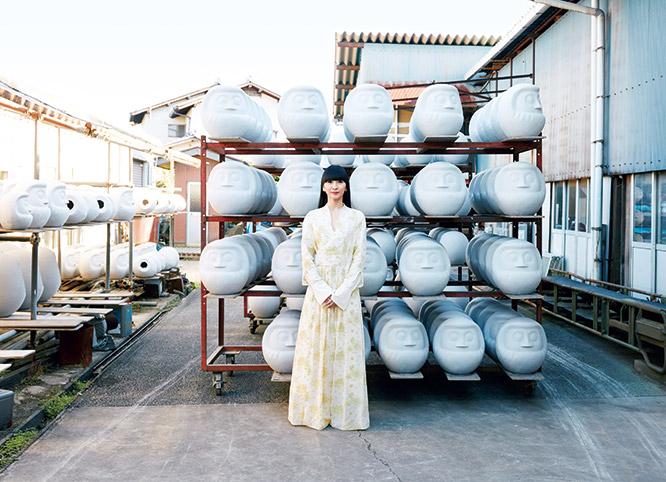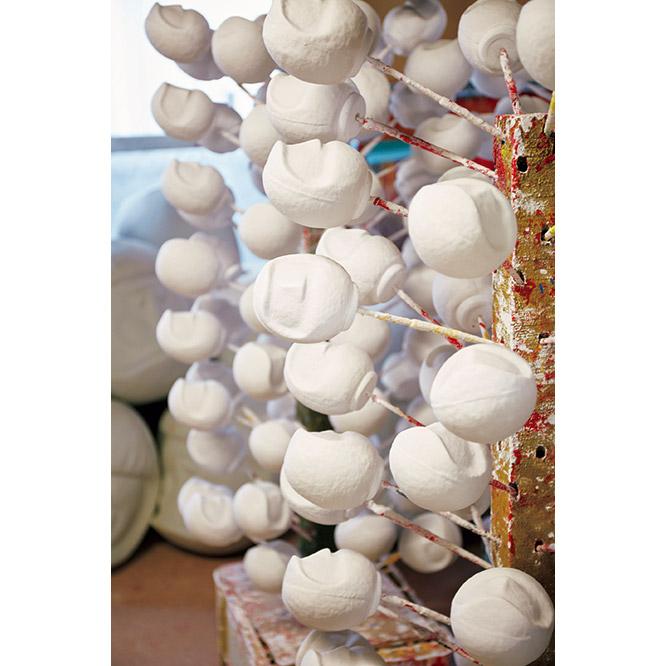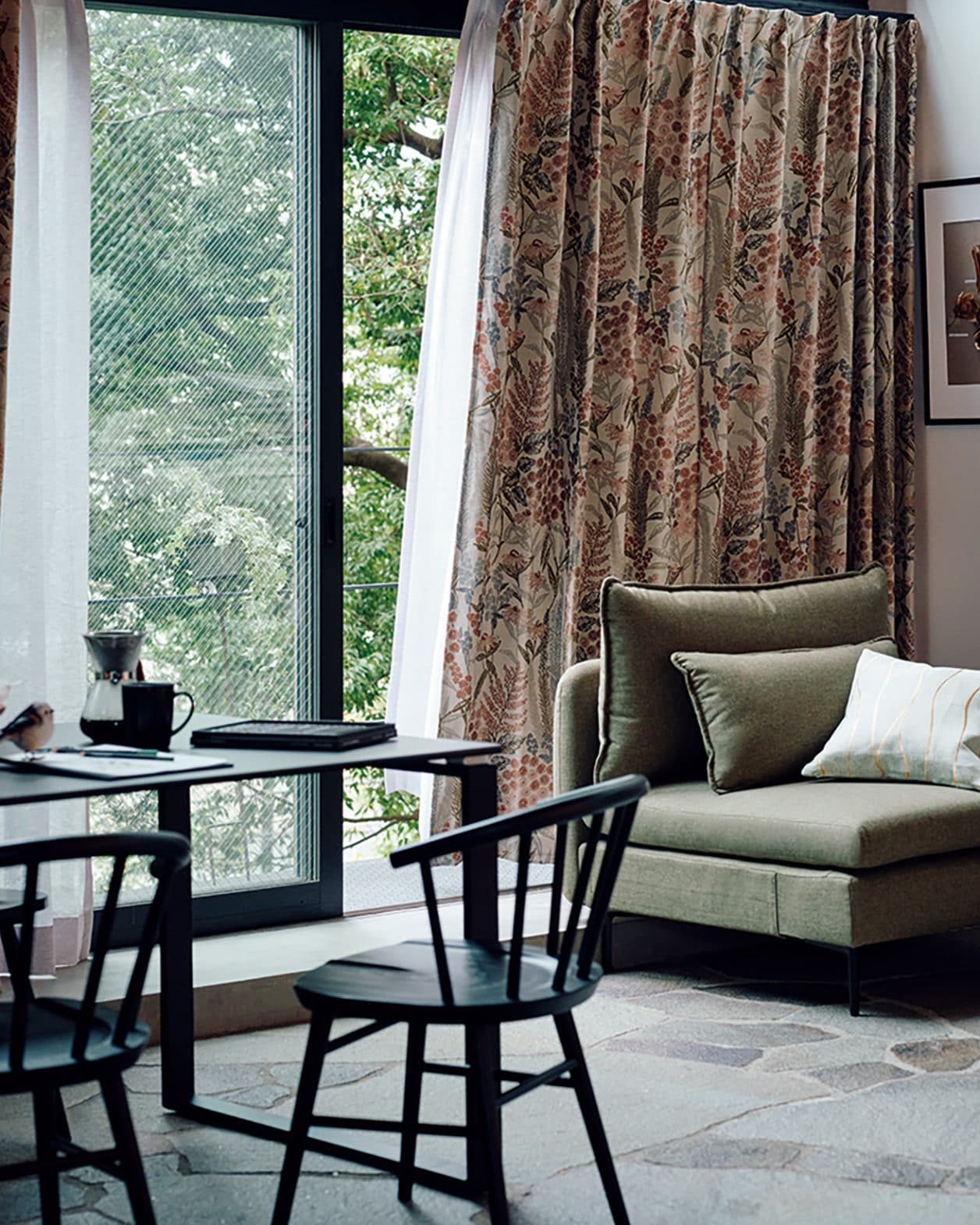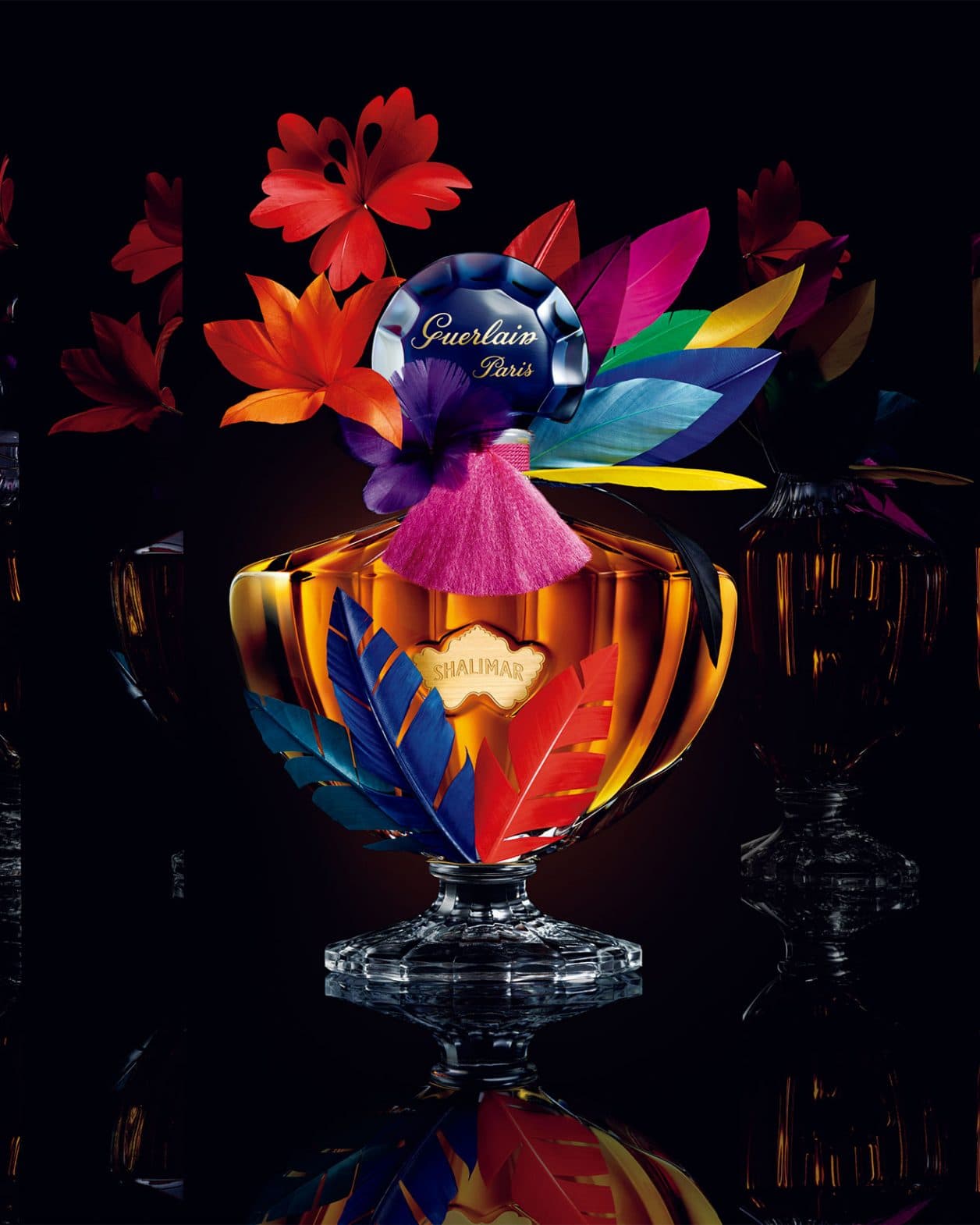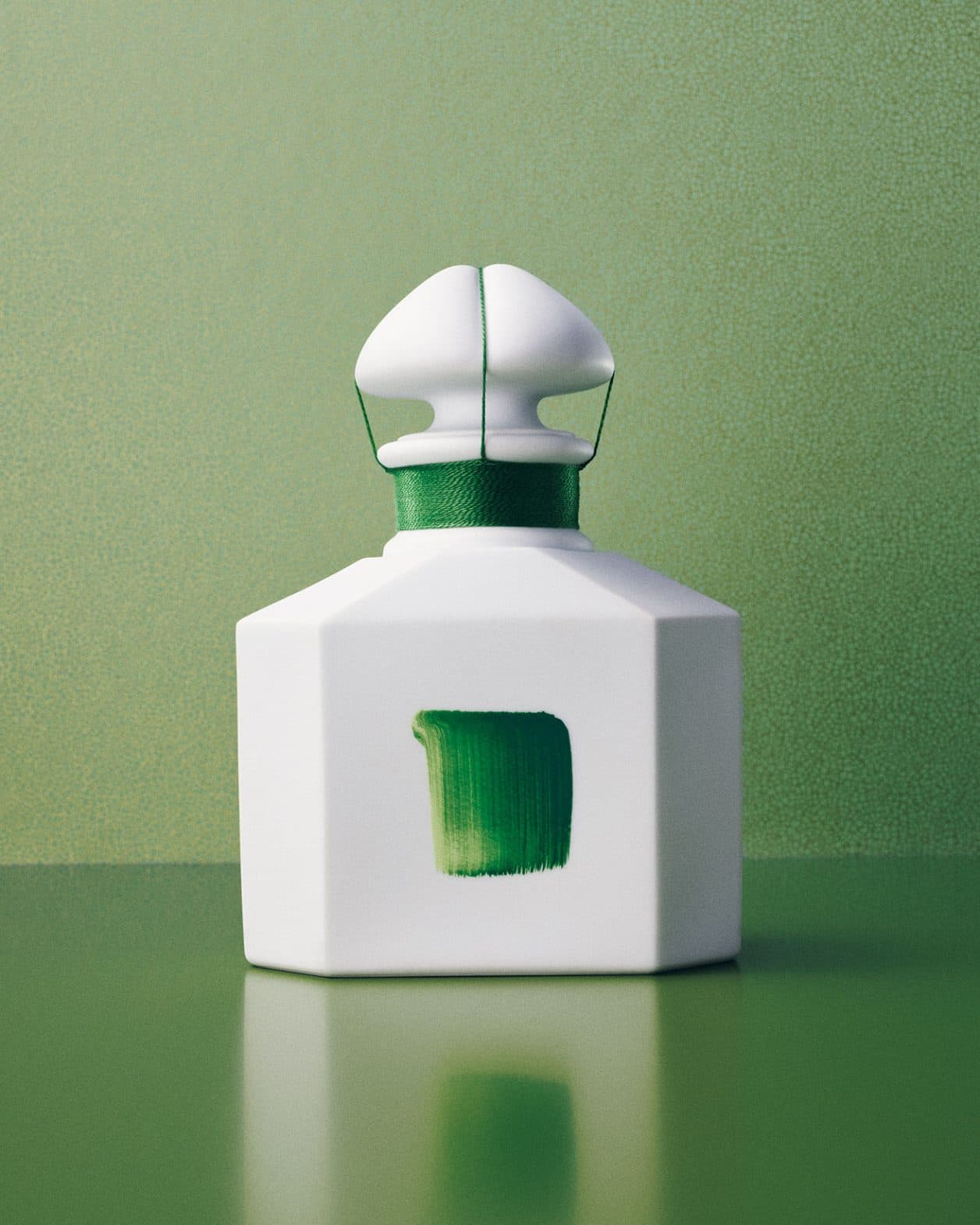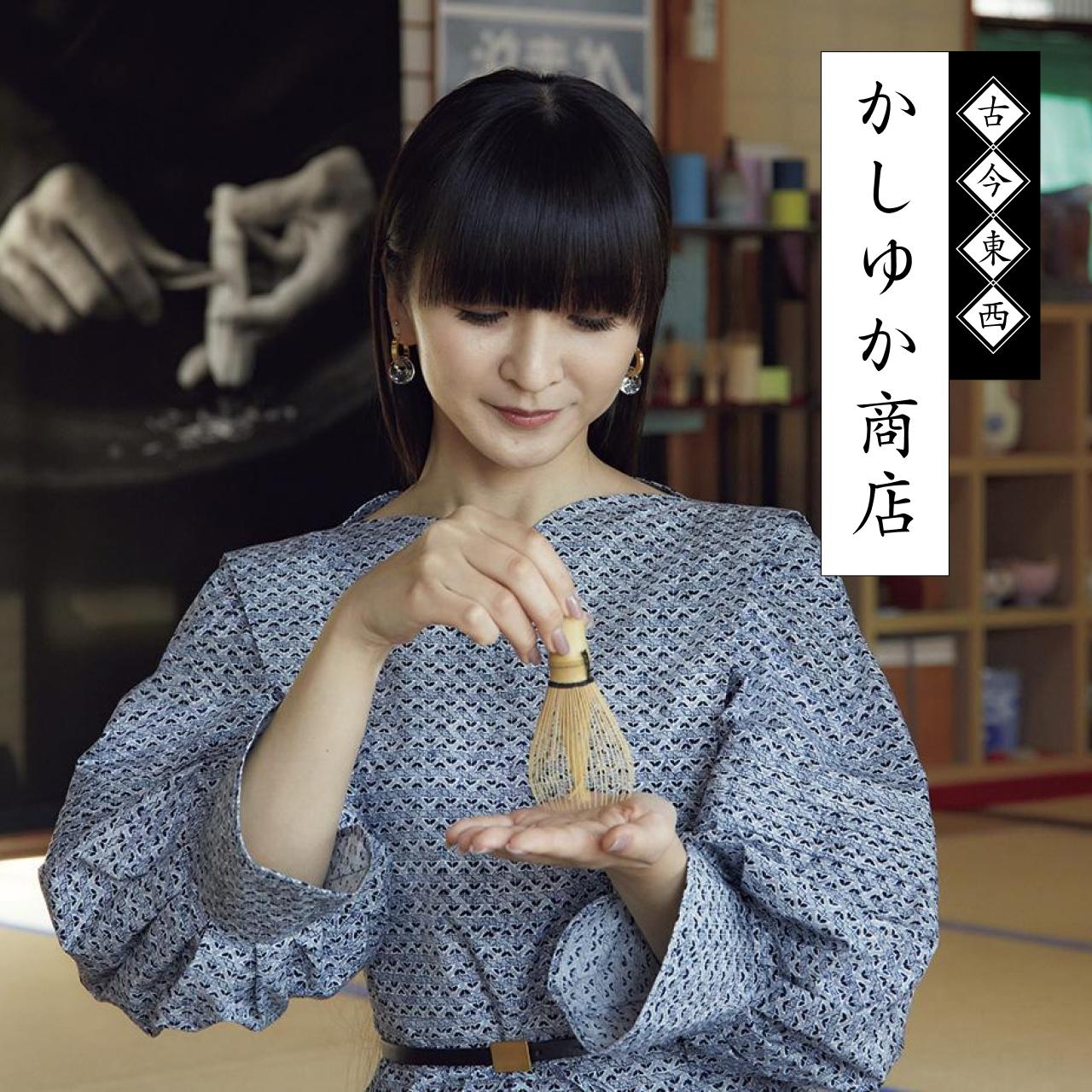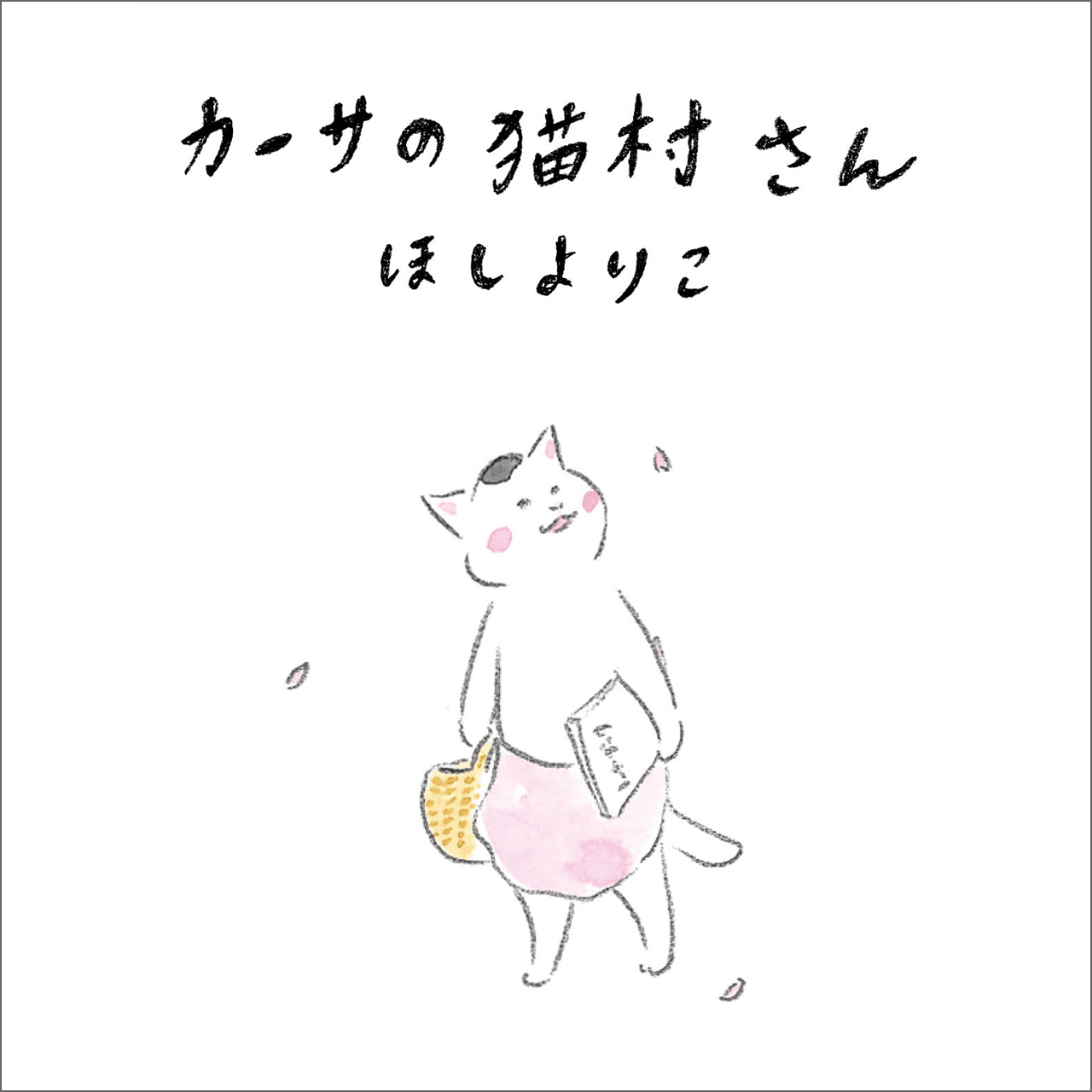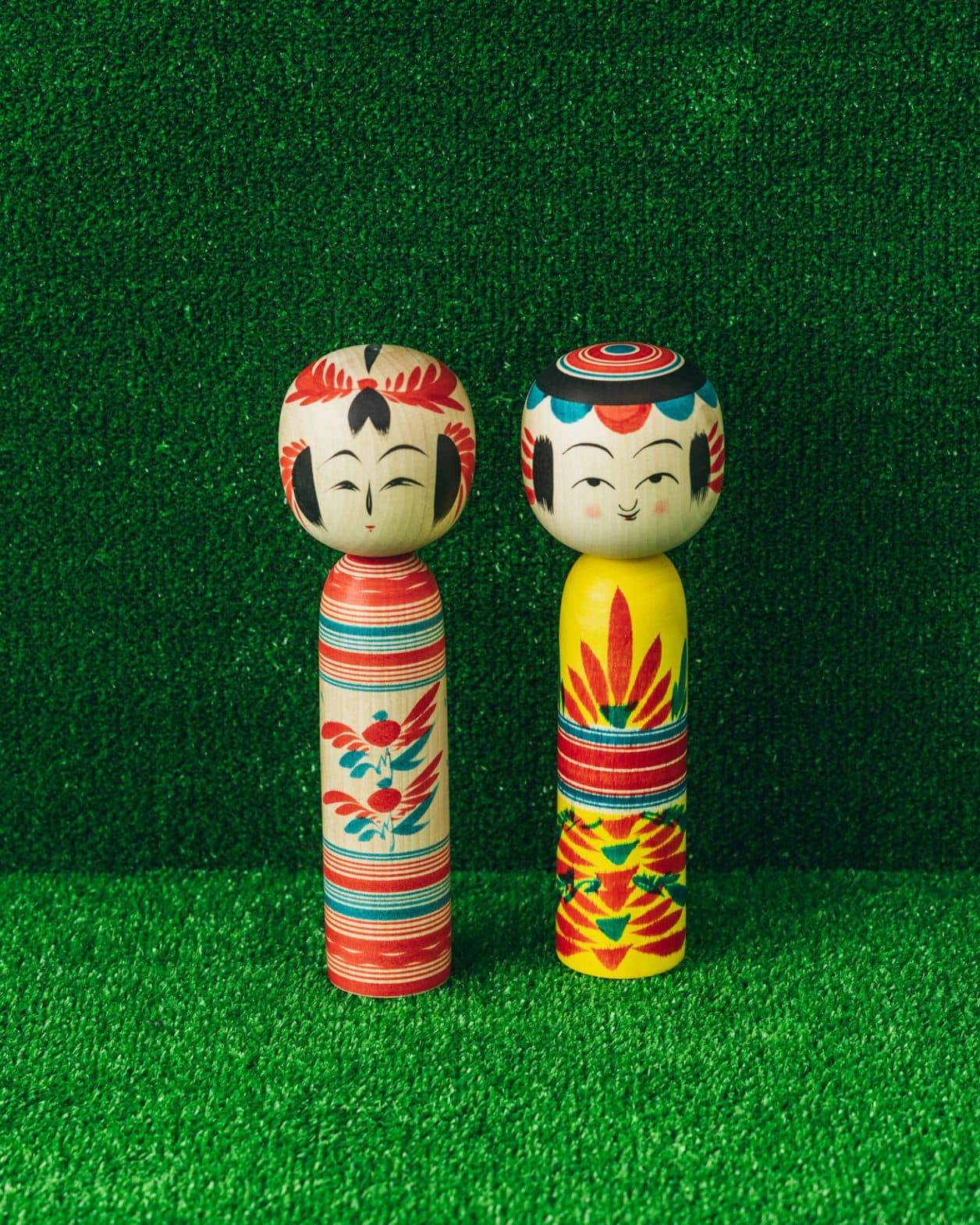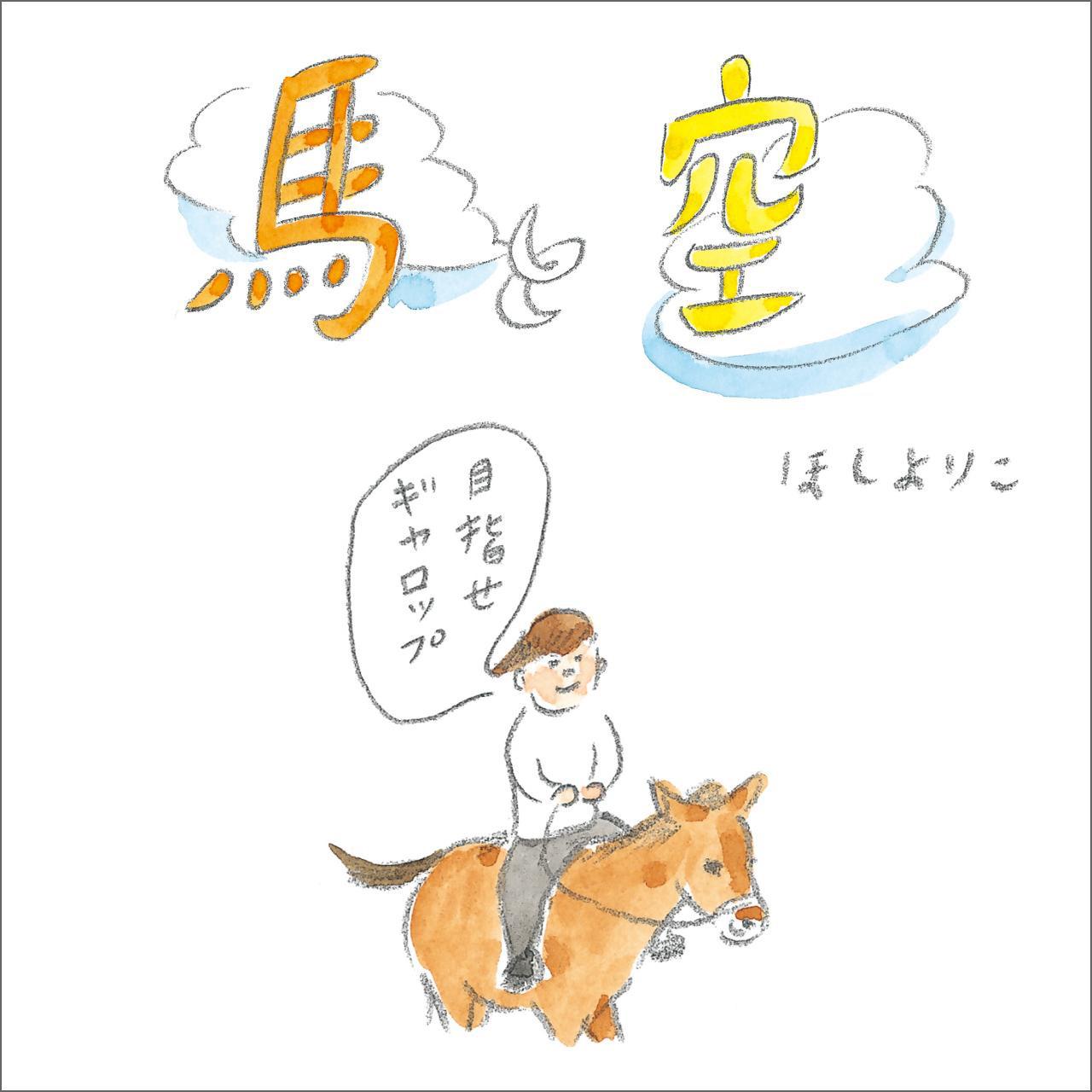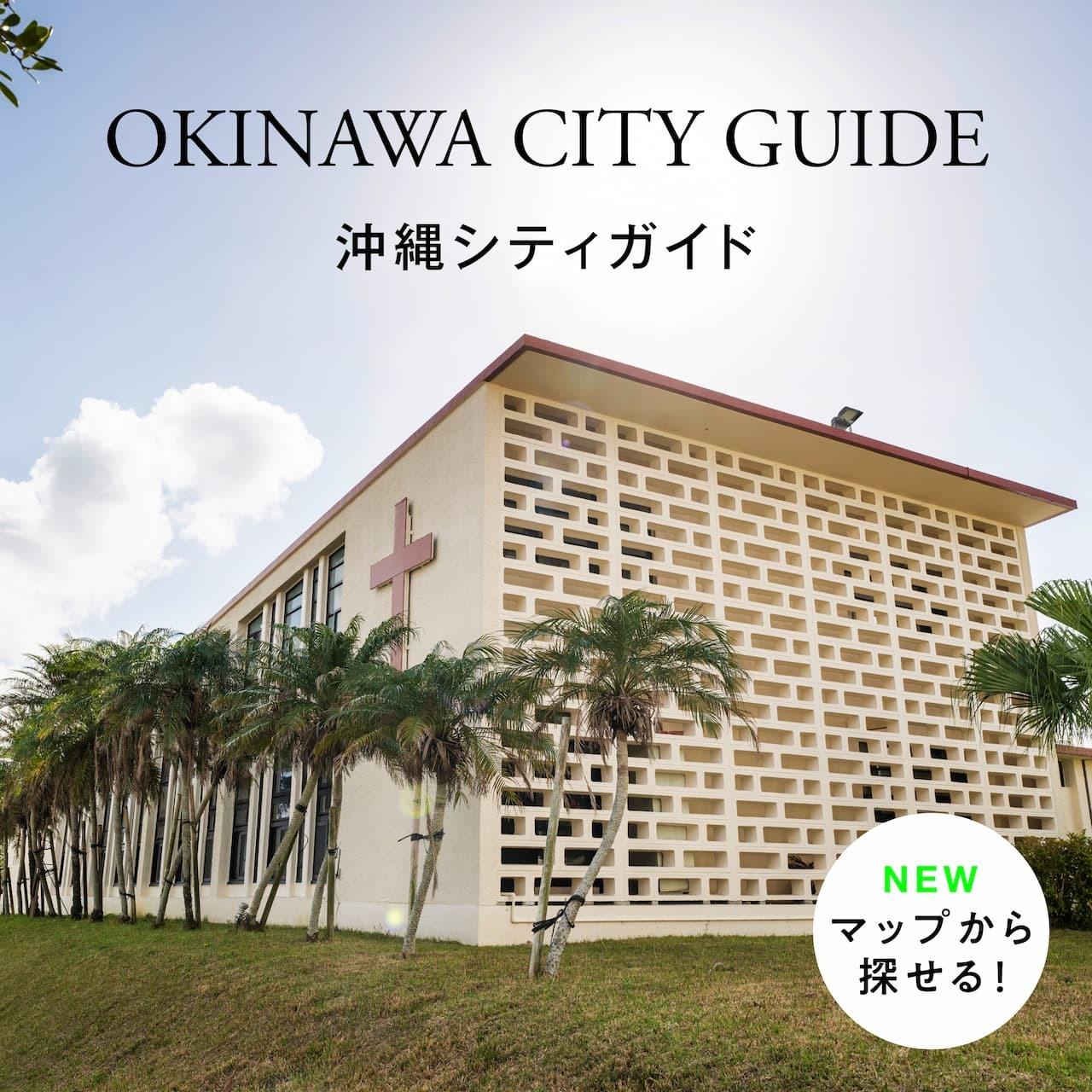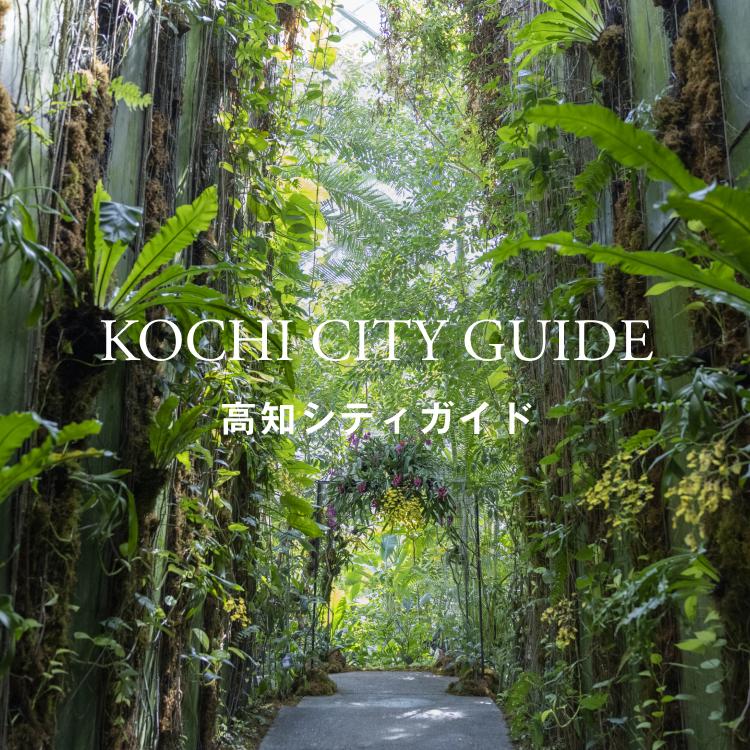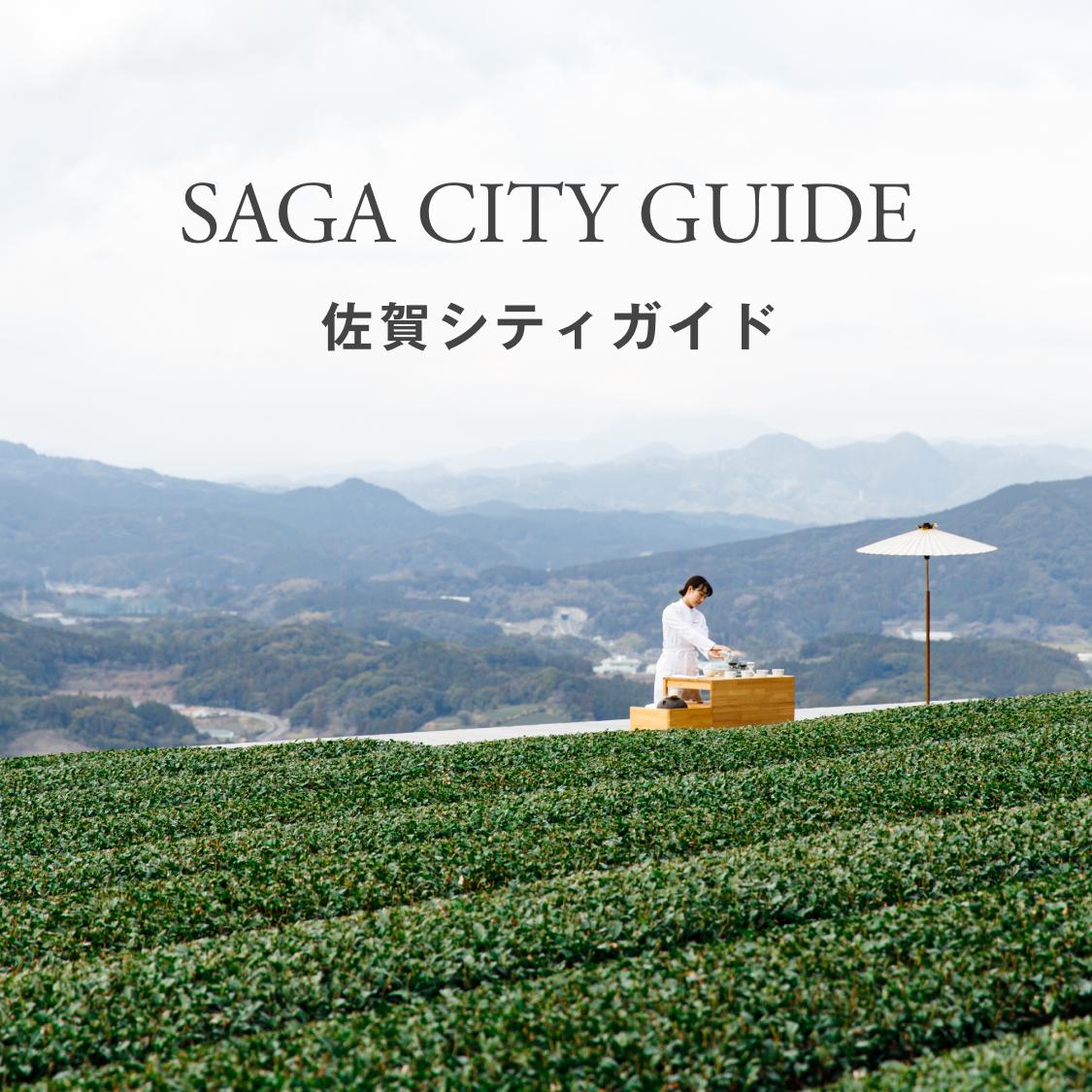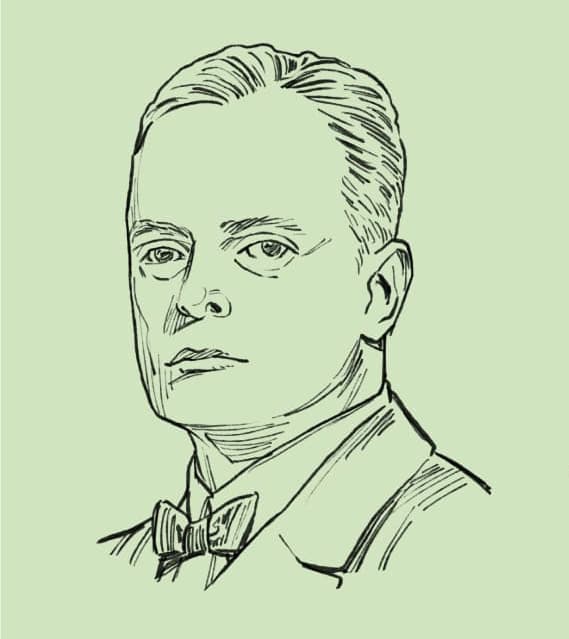DESIGN
Kokontozai: KASHIYUKA’s Shop of Japanese Arts and Crafts / [Daruma]
| Design, Travel | photo_Keisuke Fukamizu editor_Masae Wako hair&make-up_Masako Osuga translation_ Mika Yoshida & David G. Imber
Searching all of Japan for handcrafted items that express its heart and soul, our proprietor, KASHIYUKA, presents things that bring a bit of luxury to everyday life. We enter 2019 with the first foray of the KASHIYUKA Shop’s second year, and it took her to Takasaki, in Gunma prefecture. There she visited a maker of Takasaki Daruma, a traditional talisman that invites good fortune and dispels evil.
Loading...

